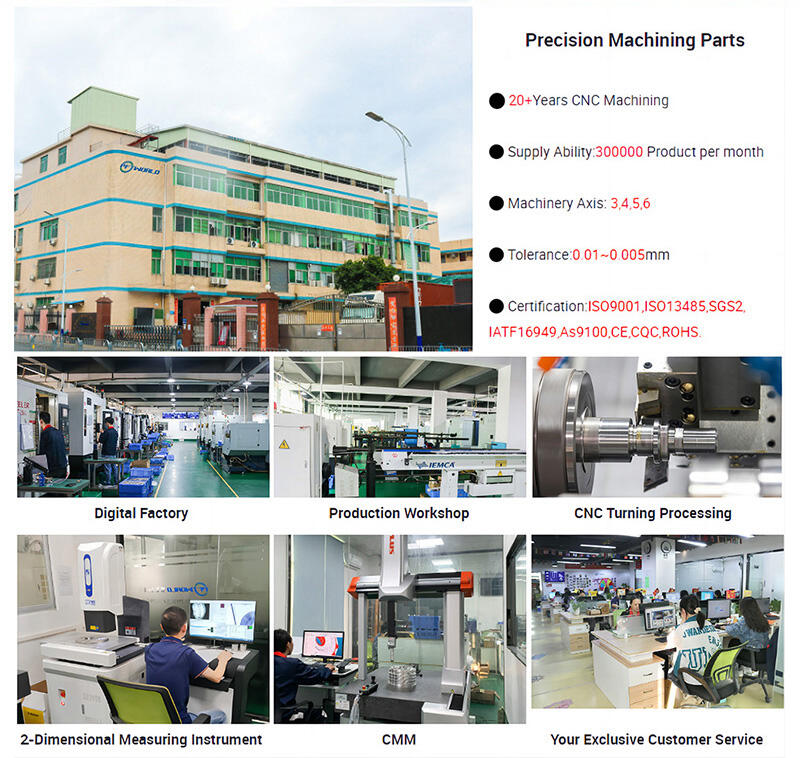Building 49, Fumin Industrial Park, Pinghu Village, Longgang District
Domingo pechado
A nosa moderna instalación de fabricación especialízase na creación de pezas de bronce de alta calidade con unha precisión e fiabilidade sen igual. Se requireis compoñentes complexos para electrónica, acoplamentos de fontanería ou elementos decorativos, ofrecemos unha arte superior adaptada ás túas especificacións. Utilizando tecnoloxía de fresado CNC de vanguardia e unha ampla experiencia no sector, aseguramos unha precisión e consistencia excepcional en cada pedazo.
O maquinado de partes de latón é un proceso especializado que combina enxeñaría de precisión coas propiedades únicas do latón, unha liga popular coñecida pola súa durabilidade, resistencia á corrosión e apelo estético.
Propiedades e Ligas de Latón
O latón está composto principalmente por cobre e zinco, con elementos adicionais como chumbo, estaño ou aluminio para propiedades específicas:
1.Resistencia á corrosión: O latón resiste á corrosión provocada pola humidade e as condicións atmosféricas, o que o fai adecuado para aplicacións exteriores e marítimas.
2.Maquinabilidade: O latón é coñecido pola súa excelente maquinabilidade, permitindo diseños intrincados e detalles finos sen comprometer a integridade estrutural.
3.Apelo Estético: A súa tonalidade dourada e a súa capacidade de ser pulido ata un brillo alto fai que o latón sexa unha elección preferida para aplicacións decorativas e ornamentais.

Técnicas de Maquinado
O maquinado de precisión de pezas de latón implica varias técnicas clave para lograr as formas, dimensións e acabados de superficie desexados:
1.Fresado CNC: A tecnoloxía de Control Numérico por Computador (CNC) asegura un control preciso sobre as ferramentas de corte, permitindo xeometrías complexas e tolerancias apertadas.
2.Torneado e Fresado: O torneado úsase para pezas cilíndricas como encaixes e válvulas, mentres que o fresado empregase para formas e características intrincadas.
3.Furado e Roscado: Crea agüeros e rosca nos compoñentes de latón con precisión, esencial para a montaxe e funcionalidade.

Consideracións de deseño
Diseñar pezas de latón para maquinado require unha consideración cuidadosa de varios factores:
1.Tolerancias: Especifica tolerancias apertadas para asegurar que as pezas encaixan perfectamente nos ensamblaxes e cumpren os requisitos funcionais.
2.Acabado da superficie: Determina o acabado requerido (por exemplo, pulido, cepillado) en función das necesidades estéticas e funcionais, lograble mediante procesos de maquinado e acabado.
3.Selección de materiais: Escolla a aleación de bronce adecuada en función das propiedades mecánicas, resistencia á corrosión e compatibilidade co ambiente previsto.
Aplicacións
As pezas de bronce maquinadas con precisión teñen aplicacións en diversas industrias:
1.Fontanería: Válvulas, acoplamentos e conectores benefíciase da resistencia á corrosión e fiabilidade do bronce.
2.Electrónica: Conectores e carcaças onde a condutividade eléctrica e a durabilidade son cruciais.
3.Automoción: Componentes como buchas, roldanas e adornos decorativos debido á fortaleza e apelo estético do bronce.

Garantía de calidade
Asegurar a calidade das pezas de bronce maquinadas implica unha inspección e proba rigorosa:
1.Precisión dimensional: Emprega ferramentas de medición precisas para verificar as dimensións e tolerancias.
2.Inspección de Superficie: Comproba os acabados de superficie para asegurar que cumpren coas especificacións requeridas.
3.Probas de Material: Realiza ensaios para propiedades mecánicas como a dureza e a resistencia a tracción para asegurar a durabilidade e o rendemento.
、




Copyright © Shenzhen Perfect Precision Products Co., Ltd. All Rights Reserved — Política de privacidade—Blog